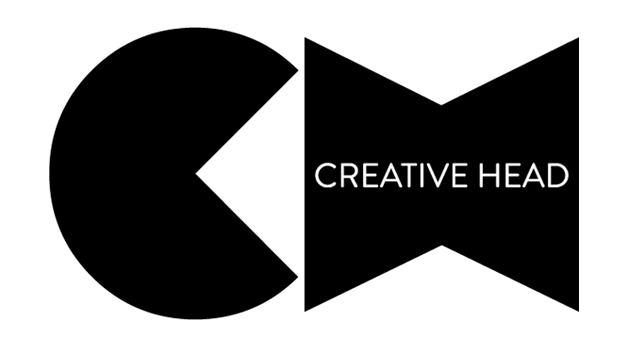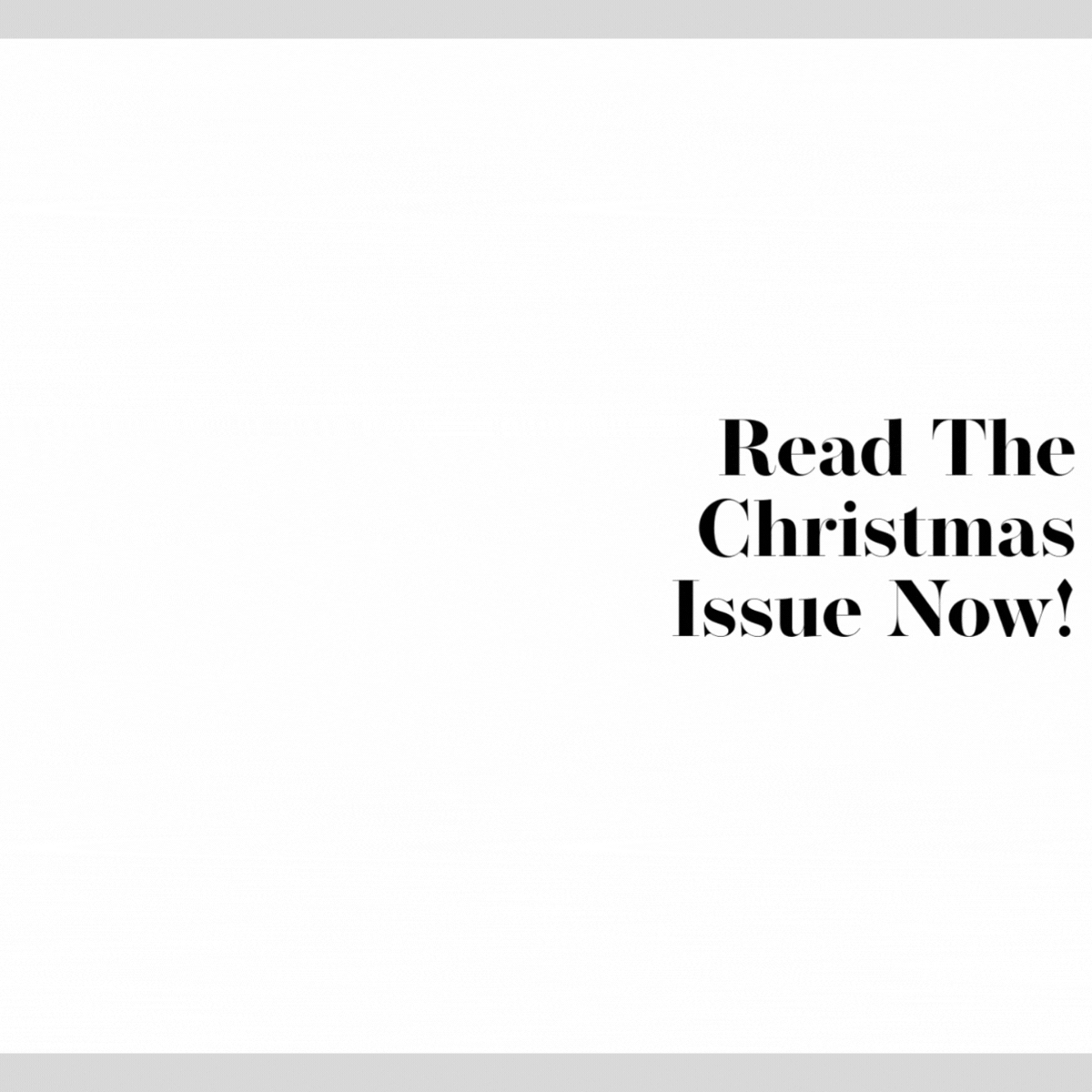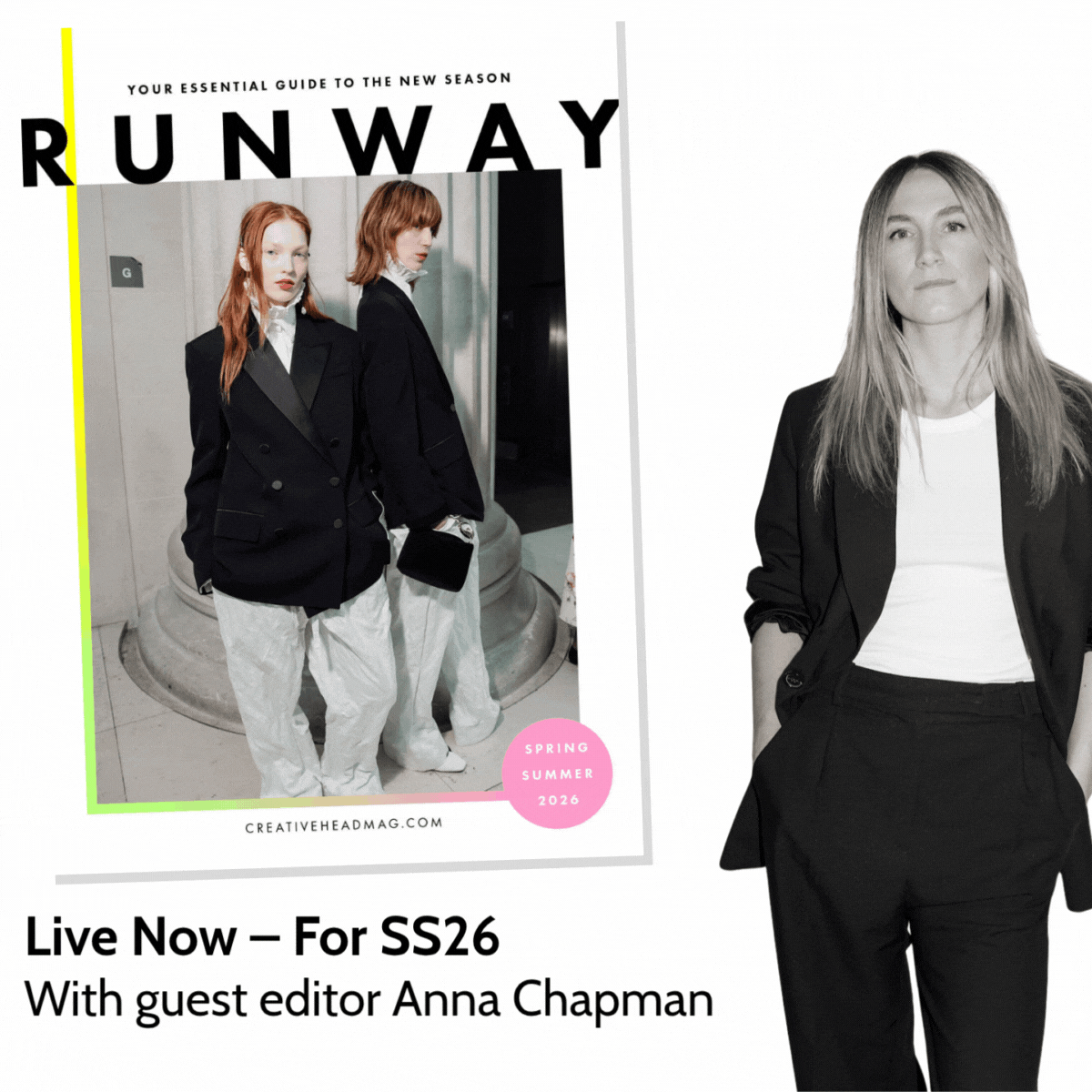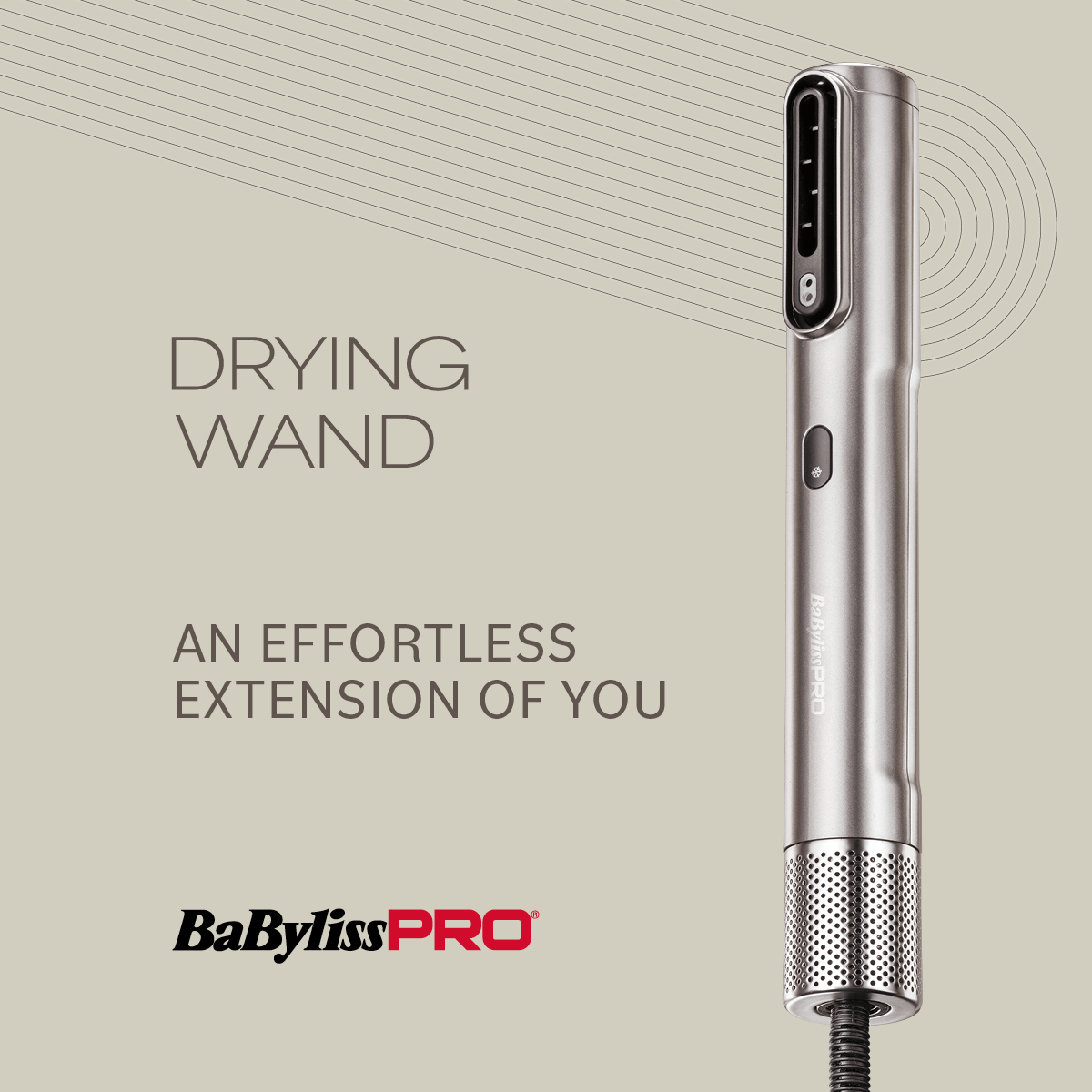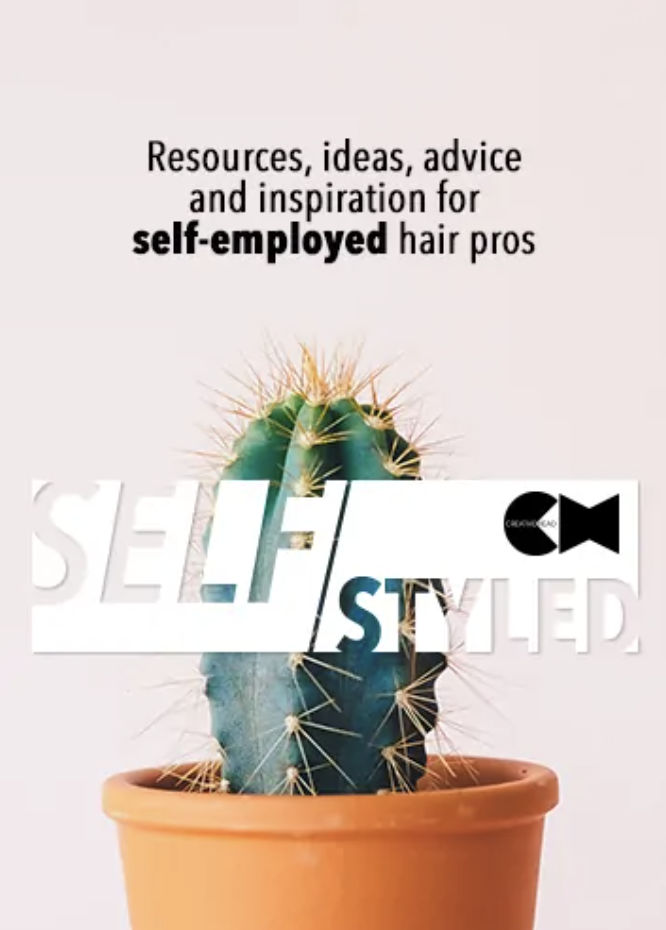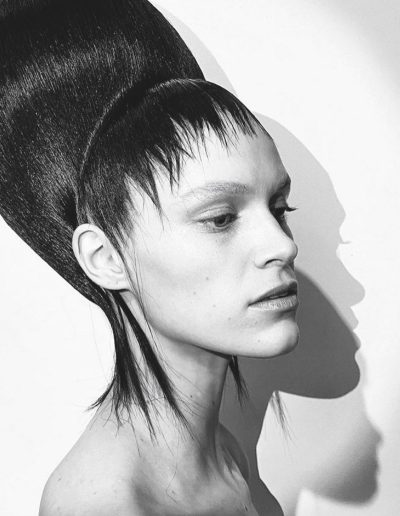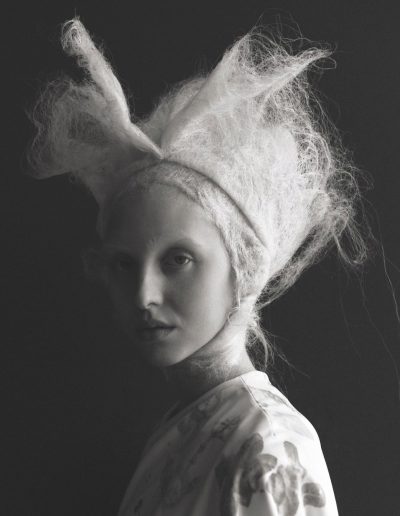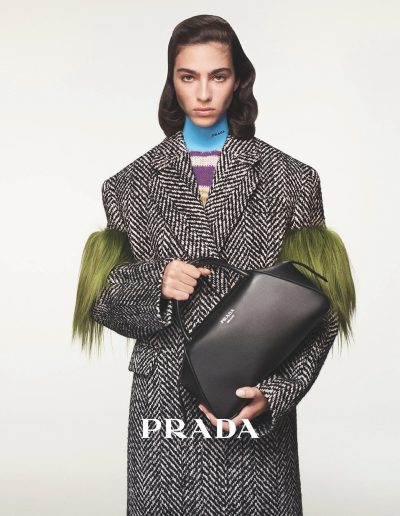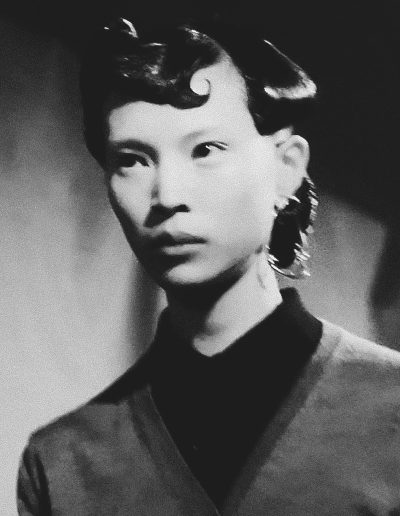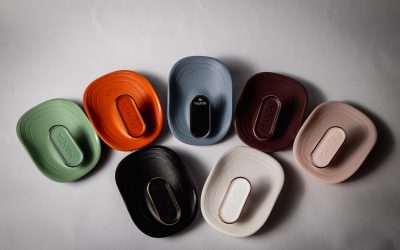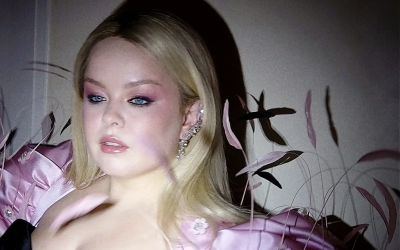DUFFY - THE PERFECTION OF IMPERFECTION
Crowned Most Wanted Hair Icon 2023, session legend Duffy was left “shellshocked” by such validation from his peers and the industry. The go-to hair lead for labels such as Alaïa, Saint Laurent and Bottega Veneta, he tells Creative HEAD Editorial Director Amanda Nottage about about his early days as an apprentice at Vidal Sassoon, and how in the ever-evolving and fast-paced world of fashion, his team is vital to his collaborative process.
,
 Duffy, photographed by Josh Olins Duffy, photographed by Josh Olins |
How did your career in hair begin? At the age of 12 I got a job on a Saturday at a local barber shop next to the bookies that my dad used to go to. £10 a day to sweep up, a 12-hour day. Then I needed to sort work experience and I was like, ‘Five days of work experience means 50 quid, happy days!’ And my mum said: “Not a chance! You’re going to London.” I applied to Vidal Sassoon and got a week’s work experience, so got the train up to London when I was 13. And it was quite a mad salon that one on Floral Street, there was Joseph, Agnes B. It was lively, and it just made sense to me. Why would I want to go back to school? At Vidal Sassoon I was treated like an adult, I was expected to behave like an adult. I had to achieve every day, and that for me is not just hairdressing, that’s apprenticeships across the board. |
|
Duffy, photographed by Josh Olins |
How did your career in hair begin?
At the age of 12 I got a job on a Saturday at a local barber shop next to the bookies that my dad used to go to. £10 a day to sweep up, a 12-hour day. Then I needed to sort work experience and I was like, ‘Five days of work experience means 50 quid, happy days!’ And my mum said: “Not a chance! You’re going to London.” I applied to Vidal Sassoon and got a week’s work experience, so got the train up to London when I was 13. And it was quite a mad salon that one on Floral Street, there was Joseph, Agnes B. It was lively, and it just made sense to me. Why would I want to go back to school? At Vidal Sassoon I was treated like an adult, I was expected to behave like an adult. I had to achieve every day, and that for me is not just hairdressing, that’s apprenticeships across the board.
You’re taught a work ethic, and that your effort reaps rewards. When I left school at 15, my first pay cheque at Vidal Sassoon as a full-time assistant was £40 a week for four days in-salon and a day in the training school. And my train from Surrey was £48 a week, so my parents helped me and I worked odd jobs. I did four days of greeting clients, sweeping the floor, cleaning the toilets, washing the bowls, taking the laundry out… but the reward was I got to watch these incredible hairdressers cut hair. And then one day a week, I got to learn a skill.
How did that kid working at Sassoon start his adventure into session?
I met Eugene Souleiman – he was in my friend’s clothes shop in Covent Garden buying some expensive Japanese denim – and he opened the door to a whole other world of hairdressing. “What do you mean you live in New York and you fly here?” – I had no idea what he did, but he was this incredibly alive character.
I was at the Seven Dials branch of Sassoon, and Beverly Streeter [from the agency Streeters] rang the front desk. They said it was my mum! “Duffy darling, it’s Beverly. Eugene told me to call, he’s got a show.” I phoned in sick! The show was Hussein Chalayan, and I specifically remember this crazy Frenchman with a Mohican or something, standing on a chair with a clipboard and a stopwatch around his neck. He gave this speech to all the models on how to walk, how to embrace the energy of the show. Everybody cheered and the show started…
So that was it – a session career awaited?
Well, I finished my apprenticeship and thought, ‘hang on, there’s got to be more to this’. I was cutting old ladies’ hair, making 600 quid a month. So, I left hairdressing and London. I thought that it just wasn’t for me. I got in a van and I drove around Europe for two years snowboarding. I came back and was working in my best mate’s mum’s cheese factory in Camberwell, and on the weekends I was driving a van for an antique store. It was the best time, skating every night with a couple of cans of beer with my mates. And then a friend rang, “I’m opening a barber shop, we’re looking for staff…”
An old friend of mine came into the barber shop and asked me to cut some guy’s hair for a picture for GQ. They wanted a Nike ‘swoosh’ in the side. I was like, ‘oh, interesting’. Then I did a couple of other little things with him, and I’d met a few people, kind of East London, cool, i-D, Dazed crowd. Then my girlfriend started working as a styling assistant, and I was like, ‘Let’s just give this a go’.
How seriously did you take it this time? Could you see a career unfolding?
I was maybe 20 or 21, and I ran into Eugene. He was living in New York still, his assistant had just left and he asked me to come to New York, to work with him. I thought it was cool, and asked him to book the tickets. He said: “No, you book the ticket, you move to New York. And once you’re here, you can work on the team.” So I said, “I’m not doing that!” But six months later, he asked me to join him again, this time in Italy. I asked: “Can I bring a mate because your team’s really scary?!” They were the best hairdressers in the world – Angelo Seminara, Rudi Lewis, Raphael Salley, Johnny Sarpong, Martin Cullen – they’re legends!
These were the people that I was able to learn from under Eugene’s team and so James Rowe and I took our skateboards, booked some EasyJet flights and flew to Milan! We didn’t sleep for two weeks. And if we did sleep, James and I were sharing a bed or sleeping on the floor of a friend, skating between shows because we couldn’t afford cabs. Incredible times, I learnt so much.
Fast forward to last September… how did it feel when your name was called out as the 2023 Most Wanted Hair Icon at Tate Modern?
I didn’t know what to say. I’d like to think I don’t have an ego. I for sure do, sadly. It felt like I’d achieved something. To have an industry say, ‘Congratulations, you’ve done pretty well’, was quite mega. Us session hairdressers wake up every day and you’re your own boss, you go to work and you try to forge your own path in what you do. Or you just turn up, which is what I’ve pretty much done for the last 20 years, turn up and see what the day brings you. But to understand that people are paying attention, that I’m doing something right, was amazing. And my son’s really proud. He took the trophy to school!
You made a point of saying a big thank you to your team…
Oh, it’s all about the team, particularly Lukas Tralmer, who’s now going out on his own; Dale Delaporte; Paddy McDougall and Laurence Walker. I can turn up to a show, be the best hairdresser in the business, but if I’ve got 75 or 85 models in Milan as I did for Bottega Veneta, and each one of them needs the nuance of that personality, I need my team. And if my team aren’t happy, if they don’t feel appreciated or acknowledged, if they don’t feel like they have a voice, then there’s no point in me trying to continue doing the job I’m doing.
The last season that I worked with Eugene, I think we did 29 shows in three cities, and you turned up and you did that show. Now, the expectation is huge. They have a lookbook being shot backstage. They have first looks, they have TikTok, they have Instagram, they have video. And shows are becoming more adventurous. You might have four hours, and the rehearsal ends up being two hours. So, then you’ve got to get four kids through each chair in two hours.
How would you describe your aesthetic? And which environment speaks to you more – the live show, the set?
I’ve built my career through mishaps and mistakes in a way. The perfection of imperfection is an incredible thing. On my journey to find perfection, I found something else I loved, which was imperfection in classicism. You’re trying to achieve something incredibly beautiful and classic, but once you get there, you’ve seen it already. It’s not new, it’s not evolved. So, the evolution came in either making something perfect, and taking it apart afterwards, or the journey there.
You can make a perfect silhouette, then as you’re undoing it in front of the camera, you suddenly see something like a shape that is so abstract. So let’s explore that. Let’s take a couple of frames, let me put a bit of wind in it, pull it apart a bit more. Let’s capture those moments because a show is instantaneous. But at a show, you’re presenting the reality, in three dimensions. If they’re wearing wigs and the audience is sitting on the floor, they’re looking up under the hairline – you’ve got to take it all into consideration. But when you’re in a studio working two dimensionally, there’s so much fakery that you can build and create. That is where that personal joy comes from. You can do the same silhouette on three different people, and you get a completely different result.
How would you describe your aesthetic? And which environment speaks to you more – the live show, the set?
I’ve built my career through mishaps and mistakes in a way. The perfection of imperfection is an incredible thing. On my journey to find perfection, I found something else I loved, which was imperfection in classicism. You’re trying to achieve something incredibly beautiful and classic, but once you get there, you’ve seen it already. It’s not new, it’s not evolved. So, the evolution came in either making something perfect, and taking it apart afterwards, or the journey there.
You can make a perfect silhouette, then as you’re undoing it in front of the camera, you suddenly see something like a shape that is so abstract. So let’s explore that. Let’s take a couple of frames, let me put a bit of wind in it, pull it apart a bit more. Let’s capture those moments because a show is instantaneous. But at a show, you’re presenting the reality, in three dimensions. If they’re wearing wigs and the audience is sitting on the floor, they’re looking up under the hairline – you’ve got to take it all into consideration. But when you’re in a studio working two dimensionally, there’s so much fakery that you can build and create. That is where that personal joy comes from. You can do the same silhouette on three different people, and you get a completely different result.
How do you keep yourself firing on all cylinders?
I can’t tell you there’s a super-rare book I look at in those times. My inspiration comes from my team, and from the creative environment, the creative team. They all bring something to the table and it’s my job and their job individually to puzzle it together. Anthony Turner said in i-D magazine, and I’ll probably misquote him: “After craft, it becomes only about taste”.
That hit the nail on the head. We can all be the best technical hairdresser – and everyone should try and be able to do those things – but after that point, what sets you apart is down to taste. And taste is evolving, my taste changes all the time.
I don’t think the hair I do now is anything like the hair I did 20 years ago, when I didn’t have a team to do everything. I look back at some of those pictures and they’re brilliant, but they’re totally different. We naturally evolve as creative people, so we do lose and gain clients. Sometimes we have lulls and it’s the same for me – because at the level that we are all aspiring to work at it, it becomes about taste.
It can be a punishing schedule in session. Do you still enjoy it all?
I feel incredibly blessed to have been given so many opportunities. I’ve seen the world by the age of 45, I’ve met every person I could ever wish to meet. The world that this industry has offered me is unlike any other world I could have ever imagined. So yes, I enjoy it. Maybe sometimes not as much because it can be exhausting. It can be monotonous sometimes – flight, car, hotel, studio, hotel, car, hotel – but that’s also part of the game.
But like Guido said, and I might misquote him too: “I still feel nervous going to work every day”. And that is the most important thing. The day I stop feeling nervous walking into a studio is the day when all the other stuff that goes with it doesn’t really make sense anymore. Because if I’m not pushing myself and my team, and I’m just taking a pay cheque and having supper in a nice hotel, it doesn’t add up. There’s something wrong.
Related
Tim Binnington Turned Down Investment In His Brush Business From Dragons Den – And Here’s Why
The man who helped build the Headmasters empire is striking out once again.
Nicola Coughlan is Talk of the ’Ton
Session stylist Halley Brisker lifts the lid on working with the Bridgerton star as its third series hits Netflix.
Is Wellwashing Taking Over Our Industry? Why Creating A Culture Of Wellness Goes Beyond A Morning Meditation
The success behind great creative colour lies in the consultation, but what are the common pitfalls many hairdressers get wrong?
